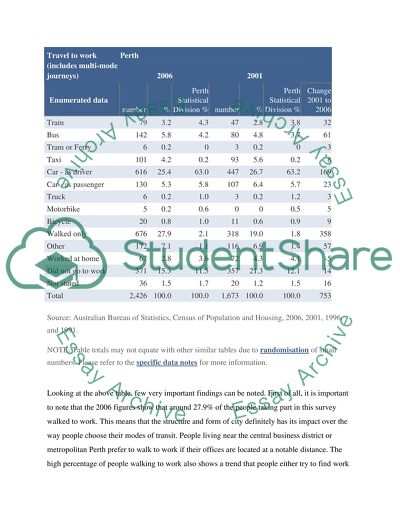Cite this document
(“How far does the form and structure of the city together with its Essay”, n.d.)
Retrieved de https://studentshare.org/engineering-and-construction/1391181-how-far-does-the-form-and-structure-of-the-city-together-with-its-transport-network-influence-individual-travel-patterns
Retrieved de https://studentshare.org/engineering-and-construction/1391181-how-far-does-the-form-and-structure-of-the-city-together-with-its-transport-network-influence-individual-travel-patterns
(How Far Does the Form and Structure of the City Together With Its Essay)
https://studentshare.org/engineering-and-construction/1391181-how-far-does-the-form-and-structure-of-the-city-together-with-its-transport-network-influence-individual-travel-patterns.
https://studentshare.org/engineering-and-construction/1391181-how-far-does-the-form-and-structure-of-the-city-together-with-its-transport-network-influence-individual-travel-patterns.
“How Far Does the Form and Structure of the City Together With Its Essay”, n.d. https://studentshare.org/engineering-and-construction/1391181-how-far-does-the-form-and-structure-of-the-city-together-with-its-transport-network-influence-individual-travel-patterns.


